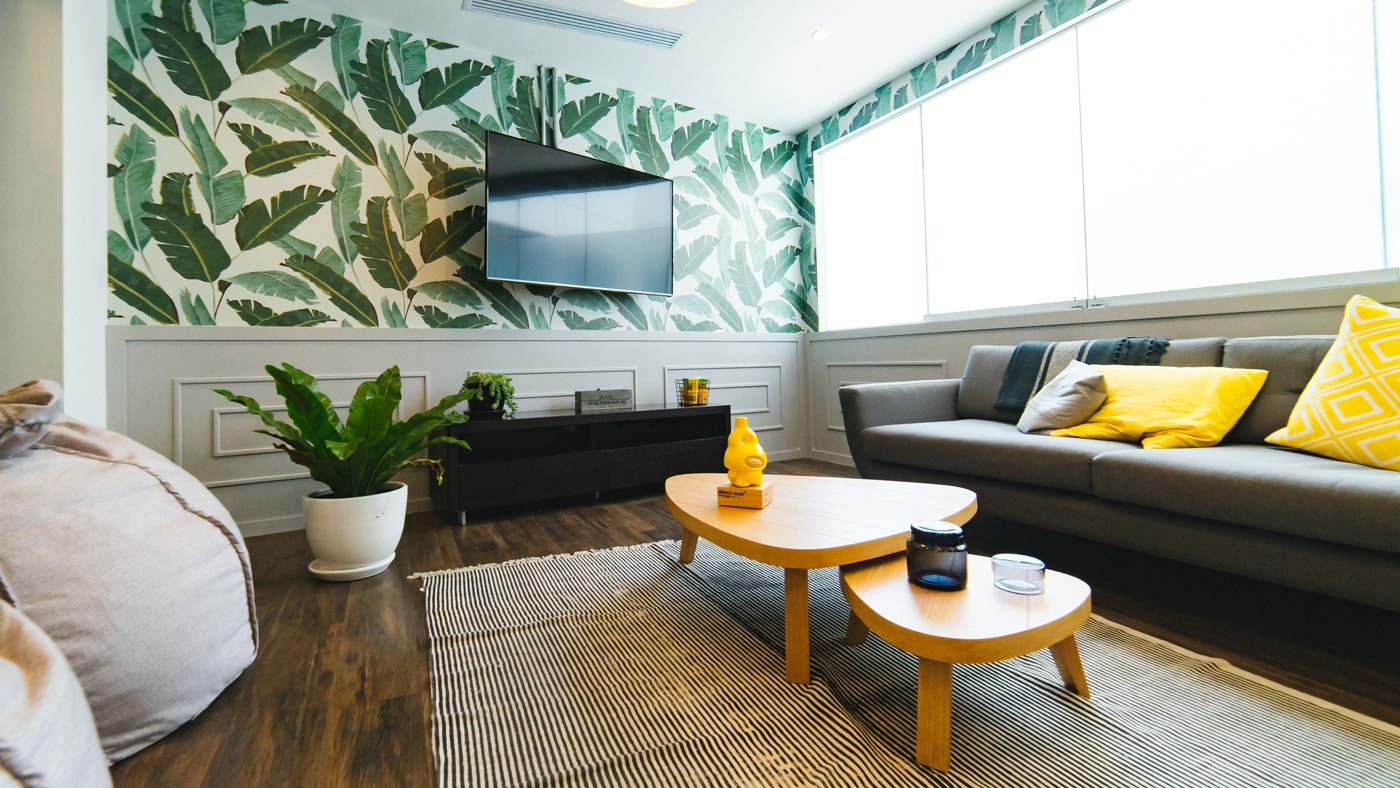As hybrid work becomes the standard among modern companies, each element of your office will need to be re-evaluated to ensure that it provides concrete value to your employees.
The ability to connect with colleagues will be paramount. We’ve learned that people can get work done from home, but that this comes at the expense of innovation, connectedness, and collaboration. One workplace survey found that only 40% of leaders would call their companies highly innovative in 2020, compared with 56% in 2019.
New research backs this claim, stating that Zoom kills creativity.
That said, there are a number of other areas of optimization that will also need to be addressed. Here’s what you’ll need to optimize for with a hybrid team, and how you can redesign your office to meet the needs of a distributed workforce.
Connectivity between distributed teams
Having a distributed workforce can lead to information silos, poor communication, and other organizational issues.
Unless you take the proper steps to create a seamless, integrated experience between on-site and remote employees. A RingCentral survey found that 41% of distributed workers cited collaborative work as the most challenging part of working during the pandemic.
Thoughtful restructuring of key zones in your office, combined with some technological investments and integrations, can help ensure that work can get done without a hitch.
Meena Krenek, an interior design director at Perkins&Will, notes the emergence of “Zoom rooms,” or conference rooms optimized for video conferencing.
You can replicate the feeling of an in-person meeting and create an equitable experience for all participants — no matter where they choose to work.
These meeting spaces incorporate 360-degree webcams, high-quality microphones, multiple screens, and even voice-tracking technology to ensure that, in any given meeting, remote workers don’t feel disconnected from their on-site counterparts. By implementing video conferencing technology and designating “Zoom rooms” in your office, you can replicate the feeling of an in-person meeting and create an equitable experience for all participants — no matter where they choose to work.
Flexibility
COVID-19 has rendered organizational rigidity largely obsolete as businesses are pressured to shift to more flexible ways of operating. The pandemic has highlighted a universal need for agility, especially related to the evolving world of work. We’ve now come to accept that organizational priorities evolve, work styles shift, and office occupancy ebbs and flows, and that such changes need to be anticipated to the extent possible.
One way to maximize workplace flexibility is by installing modular furniture. When workers transitioned back to the office in the latter half of 2020, it became clear that many office elements were impractical, at least for the time being. For example, the communal lunch table became temporarily defunct, while the need for “socially distant” meeting spaces increased.
Modular furniture can help you adapt your workplace to meet your needs at a given time; it’s lightweight, multi-functional, and easy to disassemble, making space reconfiguration simple. Modular workstations, for example, are made up of movable panels that you can lower to create a larger meeting space or keep up for more privacy.
As Amy Loomis, Research Director for IDC, puts it: “The future office space will be purpose-built to enable reconfigurable work arrangements that balance collaboration and privacy, group engagement and personal safety… The point will be to create adaptive and adaptable workspaces that are designed to accommodate a future of work that we don’t recognize yet.”
Dig deeper: Hear how Twilio’s Devorah Rosner is using dynamic spaces to make Twilio’s workspaces more agile.
It’s important not only to prepare for potential future crises but also to empower employee flexibility. Within a hybrid model, employees should be able to work how they work best. For collaborative sessions, this may be in an open office setting; for more heads-down tasks, this could be at home or in a designated quiet zone.
Rich Benoit, Senior Consultant at furniture company Steelcase, explains: “Just because I come into the office two days a week, doesn’t mean I only need a touchdown space because I’m there “part-time.” I still need access to privacy, the ability to find my colleagues and to be able to work in my rhythm”.
When restructuring your office, avoid creating one-size-fits-all layouts. Clusters upon clusters of desks without any private space, for example, won’t serve your employees. Instead, opt for multi-functional zones that you can adapt to a wide range of purposes. Alternatively, you can go for an activity-based model, in which each zone of your office is suited to a specific need.
Employee well-being
The pandemic has significantly heightened standards for employee well-being.
In a survey conducted by Stratus Building Solutions, 93% of workers surveyed expressed that, even after being vaccinated, they would need to feel confident about proper workplace sanitization practices before returning to work.
Even after being vaccinated, 93% of workers need to feel confident about proper workplace sanitization practices before returning to work.
Because they’re able to curate their home office environments to meet their health and wellness needs, employees will expect their office space to be similarly well-maintained and optimized for health and safety.
When structuring your office to meet the needs and expectations of a hybrid workforce, prioritize making your office healthy. Keep windows open when possible for additional ventilation and, if your return-to-work budget allows, invest in commercial-grade air purification systems. Make sure to invest in frequent cleaning and disinfecting (especially for any shared or common spaces).
Returning employees will also be conscious of frequently touched surfaces. When redesigning your workspace, see where you can implement touchless technology to reduce the spread of bacteria. This could apply to entryways, sink taps, light switches, and thermostats.
Additionally, you may wish to include implementing “safe” desk pods with plexiglass barriers for workers who prefer to remain socially distant.
Outside of physical health-focused measures, consider how to make your space work for your employees mentally. As we quash the idea of the office being the only place where work gets done, the office should evolve into a resource for employees. This means creating an inclusive, engagement-focused work environment that draws employees in.
When redesigning your space to meet your hybrid team’s needs, ask employees what they require in order to do their best work. Your goal should be to make the office a welcoming, comfortable place that fosters productivity and satisfaction.
A good place to start is by considering what employees can get in the office that they can’t get by working from home. For example, if you’re based in a dense metropolis like New York City, your local employees may not have enough space at home for a dedicated, quiet office area. Having fully-equipped, private workstations in your NYC office can help on-site employees better zone into their work.
Survey your employees to learn what would make the space ideal for their in-office days and implement suggestions to the extent feasible.
Generally, a few ways to support mental health with office design are:
- Incorporating biophilic elements, which are proven to boost mood
- Accommodating diverse work modes and preferences — for example, providing height-adjustable desks that allow employees to sit or stand
- Creating lounge areas dedicated to relaxation and stress reduction
- Fostering relationships by designating communal zones for socialization during breaks
By considering what your organization needs from the office environment moving forward, you can create an optimal experience for both on-site and remote employees.


